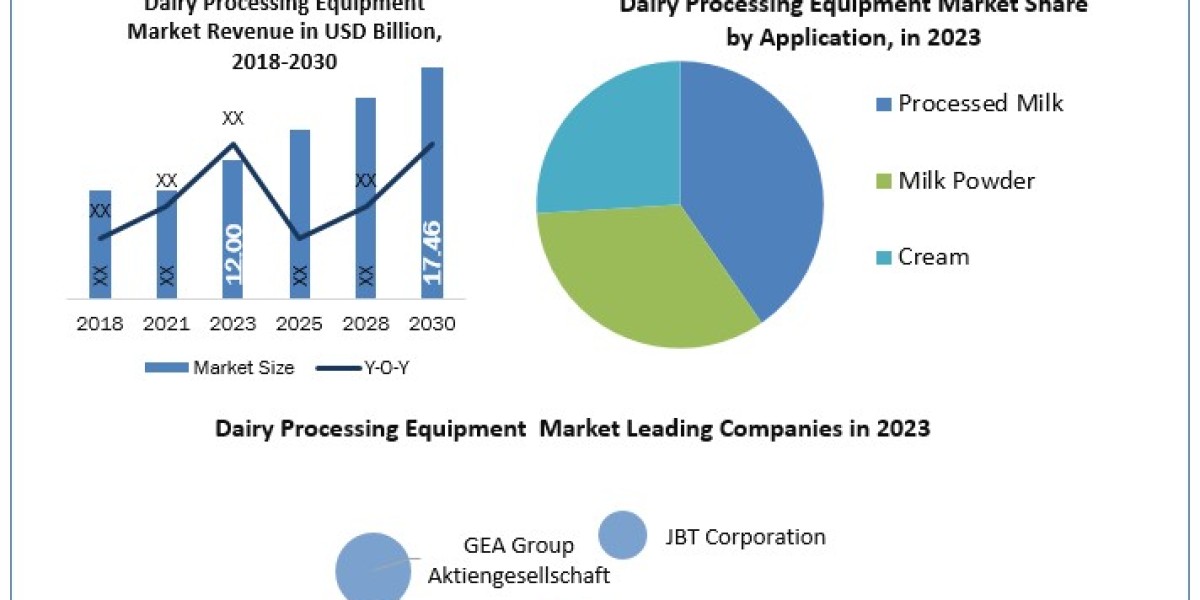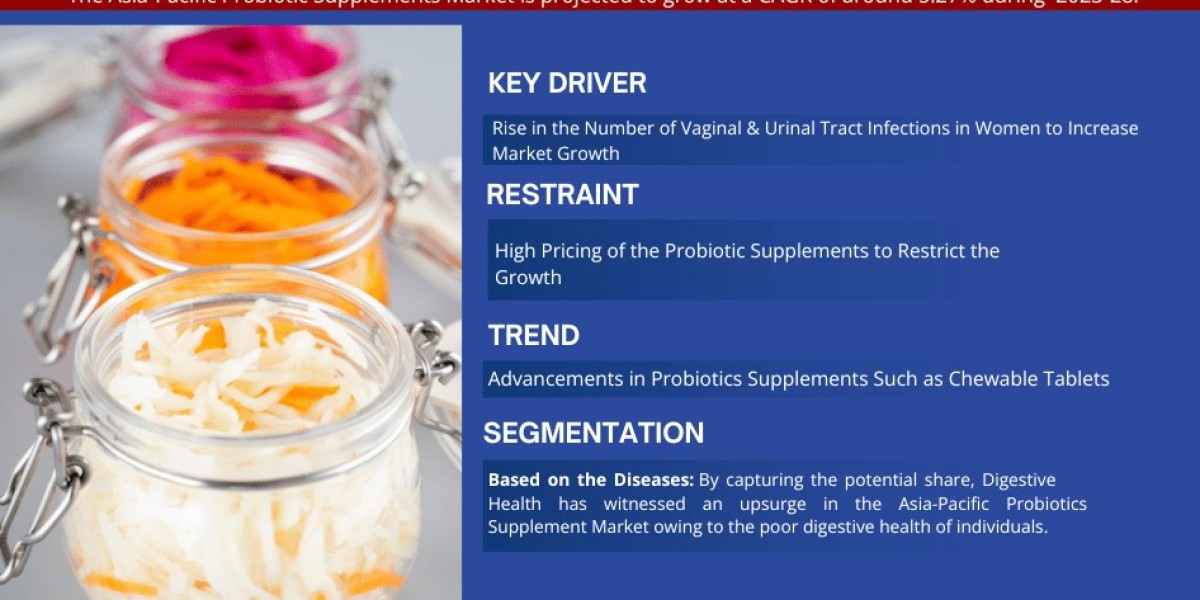In the rapidly evolving world of technology, cloud computing security has become a top priority for businesses, governments, and individuals. With the growing reliance on cloud-based services for data storage, processing, and sharing, ensuring the safety and integrity of sensitive information is crucial. This article explores the fundamentals of cloud computing security, its importance, challenges, and strategies to secure data effectively.
What is Cloud Computing Security?
cloud computing security, also known as cloud security, refers to a set of policies, technologies, controls, and procedures implemented to protect cloud-based systems, data, and infrastructure. The goal is to safeguard data from unauthorized access, breaches, and cyber threats while ensuring compliance with regulatory standards.
Cloud security is a shared responsibility between the cloud service provider and the user. While providers ensure the security of the infrastructure, users must secure their applications, data, and access controls.
Why is Cloud Computing Security Important?
- Protecting Sensitive Data
Cloud services store vast amounts of sensitive data, including personal information, financial details, and trade secrets. Effective cloud computing security minimizes the risk of data leaks and breaches. - Maintaining Trust and Reputation
For businesses, a breach can lead to loss of customer trust, reputation damage, and financial losses. Securing cloud environments helps maintain client confidence. - Compliance with Regulations
Industries like healthcare, finance, and government must comply with stringent data protection regulations. Cloud security ensures compliance with laws such as GDPR, HIPAA, and CCPA.
Key Challenges in Cloud Computing Security
Despite its advantages, securing cloud environments presents several challenges:
1. Data Breaches
Hackers target cloud services to gain unauthorized access to sensitive information. Weak passwords, poor encryption, or misconfigurations often enable breaches.
2. Insider Threats
Employees or contractors with access to cloud systems can misuse their privileges, intentionally or unintentionally, posing significant risks.
3. Shared Environment Risks
Public cloud services often host multiple clients on shared infrastructure, raising concerns about cross-tenant vulnerabilities.
4. Compliance Complexity
Adhering to diverse regulations across regions can be complex for organizations operating in global markets.
Strategies for Enhancing Cloud Computing Security
Implementing robust security measures is essential to mitigate risks. Here are key strategies for ensuring secure cloud computing:
1. Data Encryption
Encrypt sensitive data both in transit and at rest. Strong encryption algorithms make it difficult for unauthorized users to decipher data.
2. Access Control Management
Limit access to cloud resources using role-based access control (RBAC). Ensure employees have access only to the data necessary for their role.
3. Multi-Factor Authentication (MFA)
Implement MFA to add an extra layer of protection. It requires users to verify their identity using multiple credentials, such as a password and a one-time code.
4. Regular Security Audits
Conduct routine audits to identify vulnerabilities, misconfigurations, and compliance gaps. Address issues promptly to enhance security.
5. Choose a Reliable Cloud Provider
Select cloud service providers with strong security practices. Verify their compliance with international security standards like ISO/IEC 27001 and SOC 2.
Emerging Trends in Cloud Computing Security
As technology evolves, so do cyber threats. Staying updated on trends in cloud security is vital. Some notable developments include:
- Zero Trust Architecture (ZTA): This approach assumes no trust within or outside the network, enforcing strict identity verification for access.
- Artificial Intelligence in Security: AI and machine learning are increasingly used to detect and respond to threats in real-time.
- Serverless Security: As serverless computing gains traction, new strategies are emerging to secure these environments.
Final Thoughts
Cloud computing has revolutionized the way businesses operate, but it also introduces unique security challenges. By understanding the risks and implementing robust sonarqube report generation and access control measures, organizations can significantly enhance the security of their cloud environments.
In the age of digital transformation, cloud computing security is not just an option but a necessity. As threats evolve, staying proactive and investing in advanced security solutions will ensure that the benefits of cloud computing are fully realized without compromising data safety.








